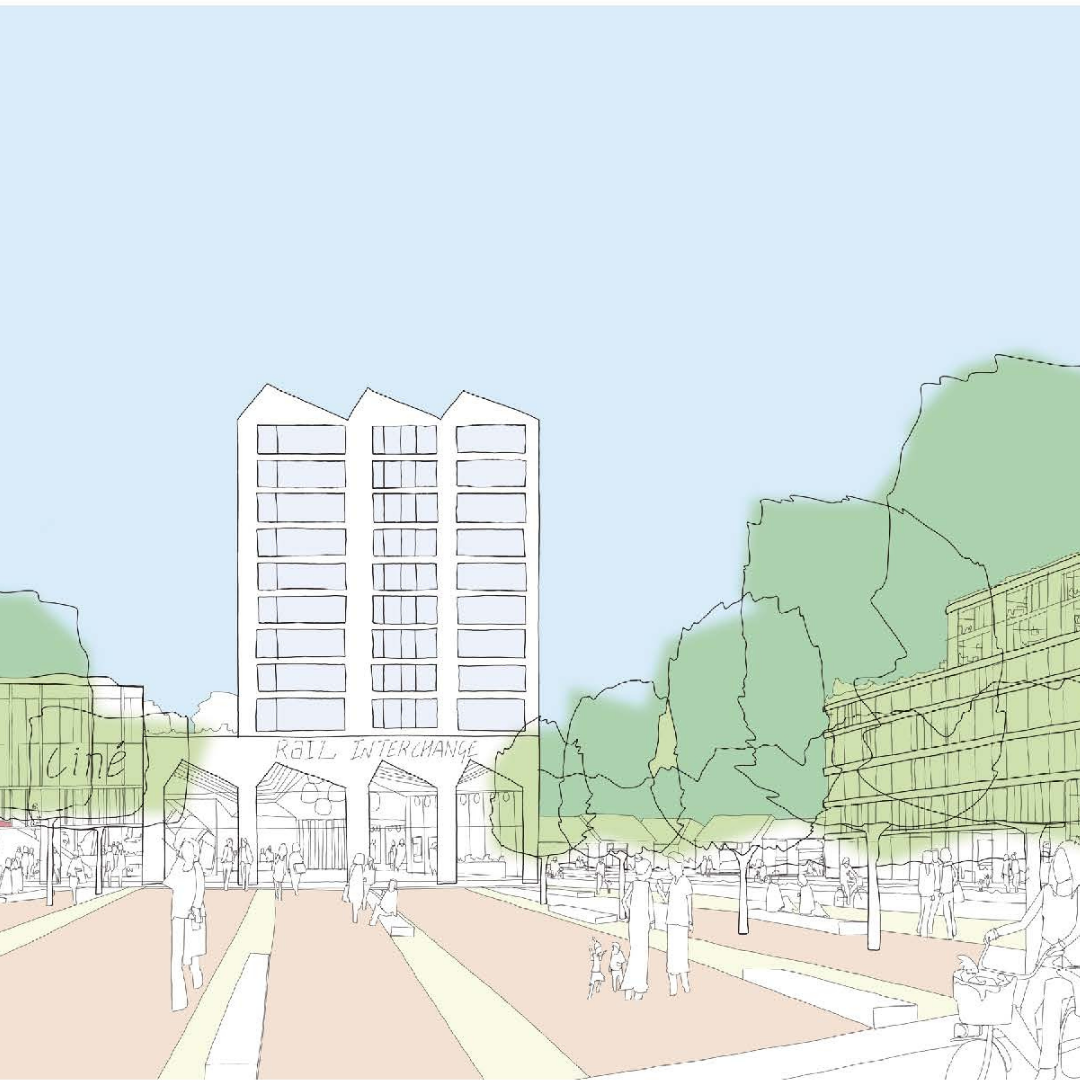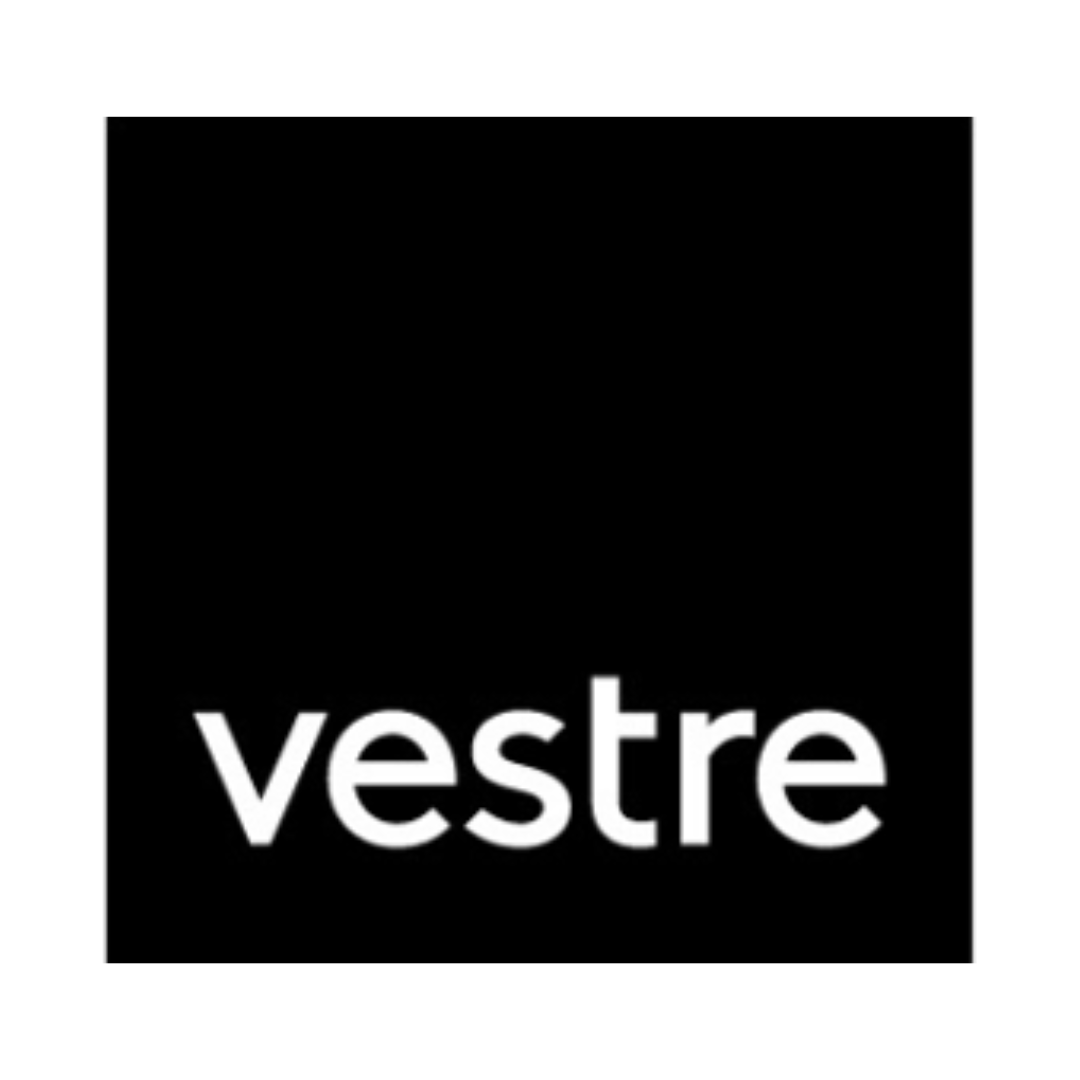Project showcase
City Edge, Dublin, Ireland – South Dublin County Council (SDCC) and Dublin City Council with Maccreanor Lavington

The 700ha site in west Dublin covering three regeneration areas, investigates how a mixed-use urban quarter can be established as an extension of the city using a plan-led evidence-based approach. Currently the City Edge Study Area sustains a wide variety of 25,500 jobs across 1,500 businesses which contributes €1.98bn per year to the economy which is responsible for 4% of Dublin employment.
Where is the project located?
West Dublin
Who is the developer/client of the project?
South Dublin County Council (SDCC) and Dublin City Council (DCC) lands
Describe the context of this project, its neighbourhood and people?
The City Edge project is a Strategic Framework for a 700ha site in west Dublin, covering three regeneration areas (Naas Road, Ballymount and Park West) that straddle South Dublin County Council (SDCC) and Dublin City Council (DCC) lands. SDCC and DCC form the joint client and the consultant team are collaborating closely with the client throughout. The project investigates how a plan-led evidence based new mixed-use urban quarter can be successfully developed as an organic extension of the city. The site is one of Europe’s largest regeneration projects and has a strategic role to play for Dublin and Ireland going forward.The team responsible for delivering this Strategic Framework, lead by Maccreanor Lavington, covers a necessarily broad range of disciplines, bringing international best practice expertise:
- Maccreanor Lavington: Project lead, Urban design
- Urban Agency: Urban design
- Avison Young: Land Use Planning, Property, Economics
- SYSTRA: Transport planning, Transport engineering
- Grant Associates: Landscape architecture
- Nicholas O’Dwyer: Engineering, environmental
- IAC: Archaeology and heritage
Currently the City Edge Study Area has a diverse mix of mainly industrial, commercial and employment uses that sustains approximately 25,500 jobs across some 1,500 different businesses. This accounts for 4% of Dublin’s employment and contributes approximately €1.98bn per year to the economy. These existing businesses and jobs are a cornerstone of the Dublin economy and are key to the continued success of the City. City Edge must nurture and accommodate this whilst evolving to become a new and exciting City in a City.
Please describe your approach to this future place and its mix of uses. How will it function as a vibrant place? How does it knit into, and serve the needs of, the wider area?
City Edge aims to bring innovative solutions to the site, and to champion future-proofing approaches that ensure the long-term success of the area. The site must complement and enhance the existing city whilst delivering equitable growth. The delivery of homes and employment space are key components of this, as is positively incorporating existing businesses in the strategies for the project. The project also identifies where catalytic interventions can start the process of regeneration early.A major new centre sits at the heart of the Project, with a series of nodes set across the study area. The bring a diverse mix of employment sectors and residential typologies, identifying potential capacity for 75,000 to 85,000 people and 65,000 to 75,000 jobs. From high density workspaces and commercial activity in the major centre, to urban industries that relate both to Dublin but also the wider region; and dwellings that sit in the heart of new neighbourhoods along bustling high streets out to places to live on the edge of new parks and re-naturalised waterways.
Core propositions within City Edge relate to infrastructure that can both catalyse and support this growth. Movement infrastructure, utilities, community, culture & arts, and natural infrastructure all have a role to play. The project has engaged with State Bodies (as part of its Steering Group), Council departments, private companies, and the public, in an effort to set out what is aspirational yet achievable, ensuring a robustness to the proposition that coordinates with regional, national and international policy.
What is the environmental impact of the project? How will the carbon use and material impact of the development be mitigated? What is the sustainability strategy? Please provide any evidence or data.
One golden thread running through all aspects of the project is sustainability. The scale of the project allows a holistic approach, and one that can tie in coordination of many different aspects such as sustainable transport, active travel, the circular economy, social sustainability, environmental sustainability, climate change resilience, biodiversity and the potential for energy production and storage. This coordination continues through collaboration with SDCC and DCC on these topics and more, tying in with existing strategies as well as developing new ones.The City Edge Strategic Framework sets out thematic systemic interventions that will provide multiple benefits. For example, the re-naturalisation of rivers will enhance biodiversity, mitigate flood risk, reduce the urban heat island effect, provide amenable recreational spaces, provide safe desirable walking and cycle routes, and attract businesses which will provide opportunities and services for the local population.
In this way a single environmental intervention exceeds the primary functional requirement to also contribute to the social and economic sustainability of the area, and thus create regenerative and sustaining environs. A core objective within this is for 50% green cover, taken to include the parks and waterways, but also the SuDS and building contributions. This goes beyond policy, but also seeks to help the country fast-track its way to climate change resilience through Sponge City principles.
Describe the social impact of the project: How will this future place contribute to the economic, environmental and social wellbeing of its citizens? Please provide any evidence or data.
Liveability is at the heart of the Framework. The liveable city relies on compact growth, an effective density, and a mixed and balanced community to provide sufficient demand for the viability of a mix of commercial and social functions. This extends beyond housing, to ensuring active travel and public transport are at the forefront to support health and wellbeing and also accessibility; that employment is available locally and that businesses can grow and thrive in their new environment; and that resources and community infrastructure and playspace is available on the doorstep – within the 15-minute neighbourhood.The centres and nodes sit in direct relationship to existing and proposed transport infrastructure, as well as existing and proposed natural infrastructure, which provides the necessary improvement to setting that can attract new economic sectors, and new people. The major centre brings a focus for land use intensification, but the potential for employment and residential intensification across the other nodes exists in parallel, ensuring City Edge remains multi-faceted.
City Edge establishes a series of neighbourhoods of distinct characters, identifying potential employment sectors, alongside housing typologies at an effective density and diversity that will cater for the long-term housing needs of the population:
- A series of safe, convenient, and pleasant streets and cycle ways
- A north to south public transport will be introduced across the area with new public transport stops and interchanges to improve connectivity across the site.
- New parks, green and blue infrastructure and the re-naturalisation of the rivers.
Festival of Pineapples
24-26 February 2026
Pineapples prize giving night
April
Pineapples at Festival of Place
10 June 2026
© The Pineapples - Tweak Ltd. 124 City Road, London, EC1V 2NX. Tel: 020 3326 7238




